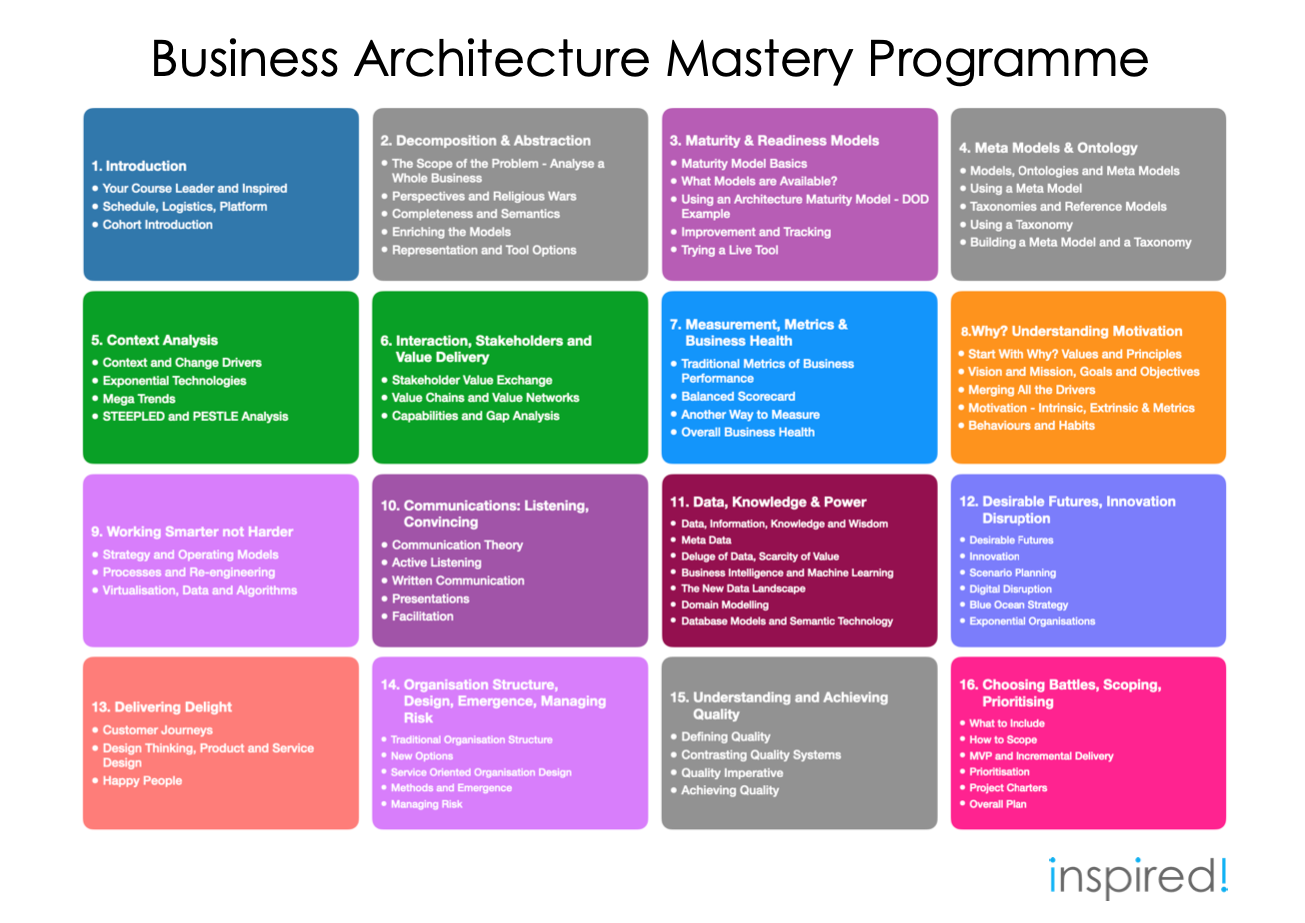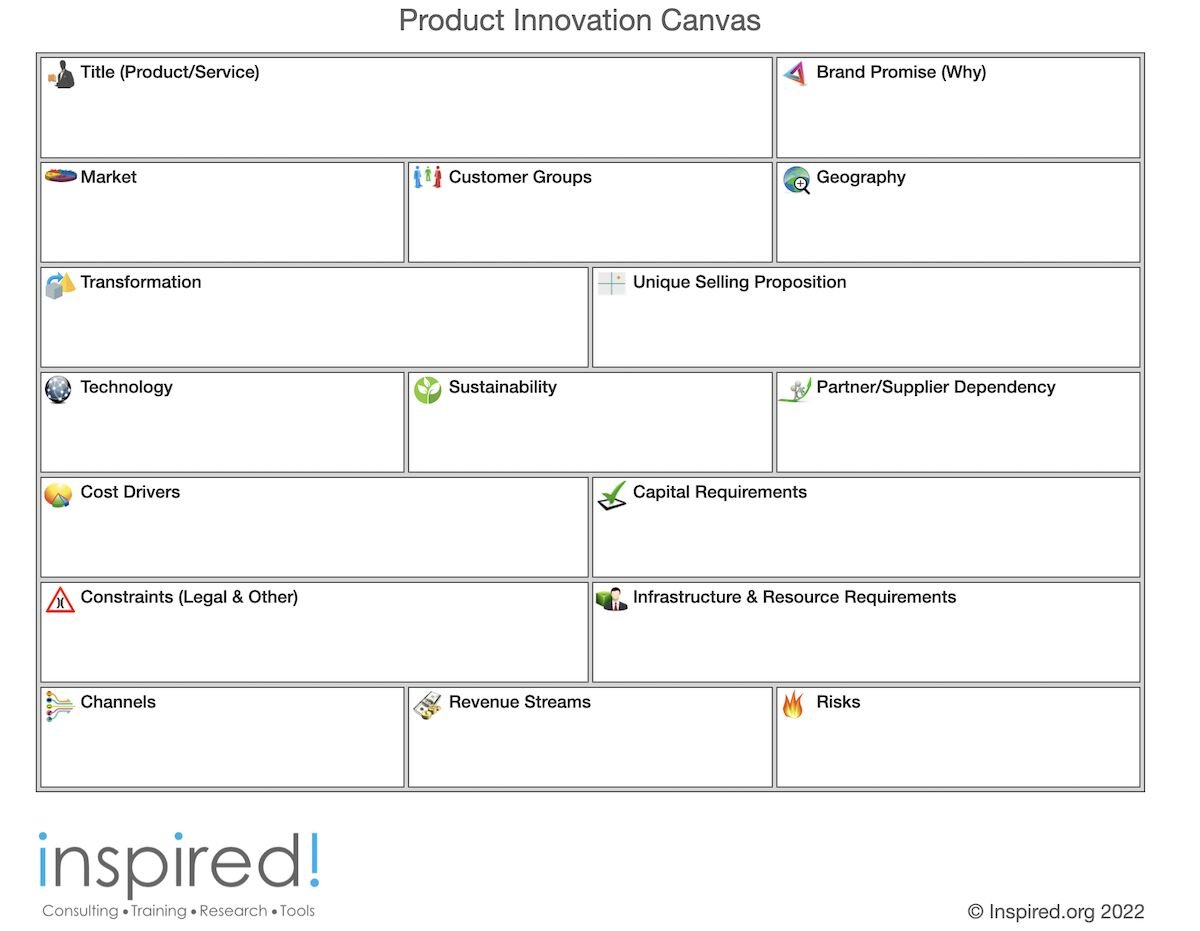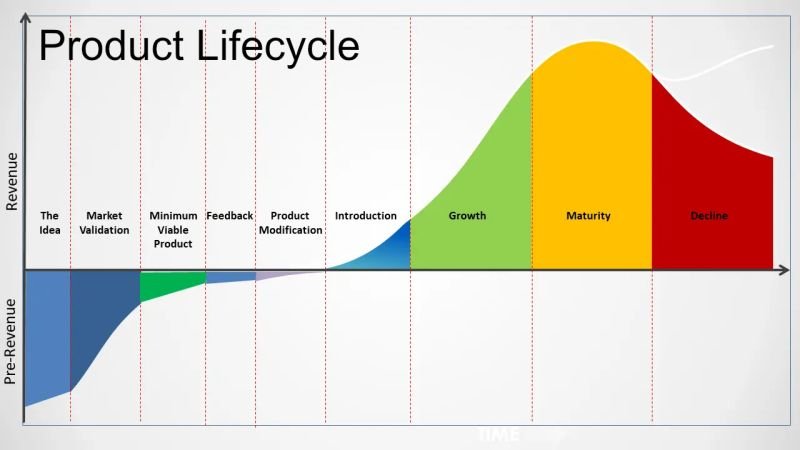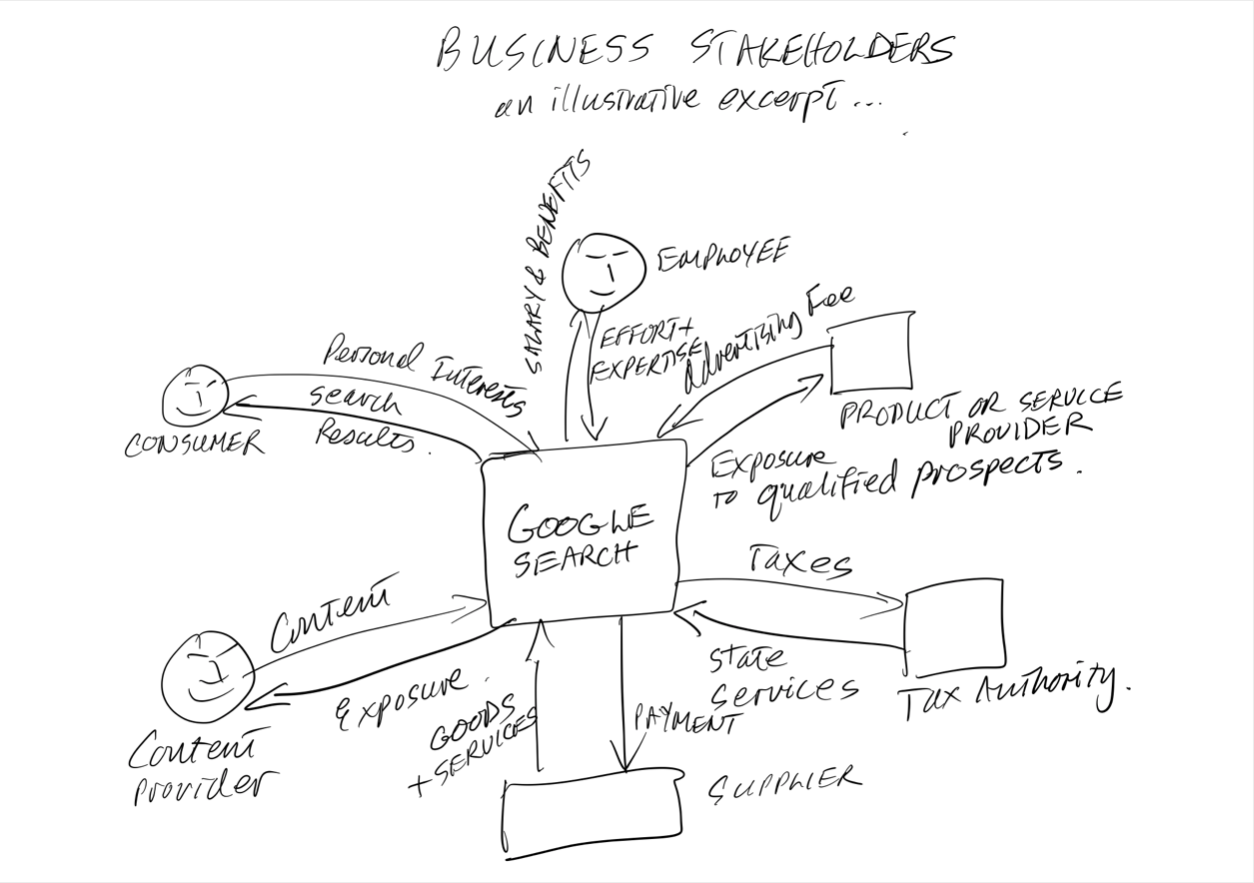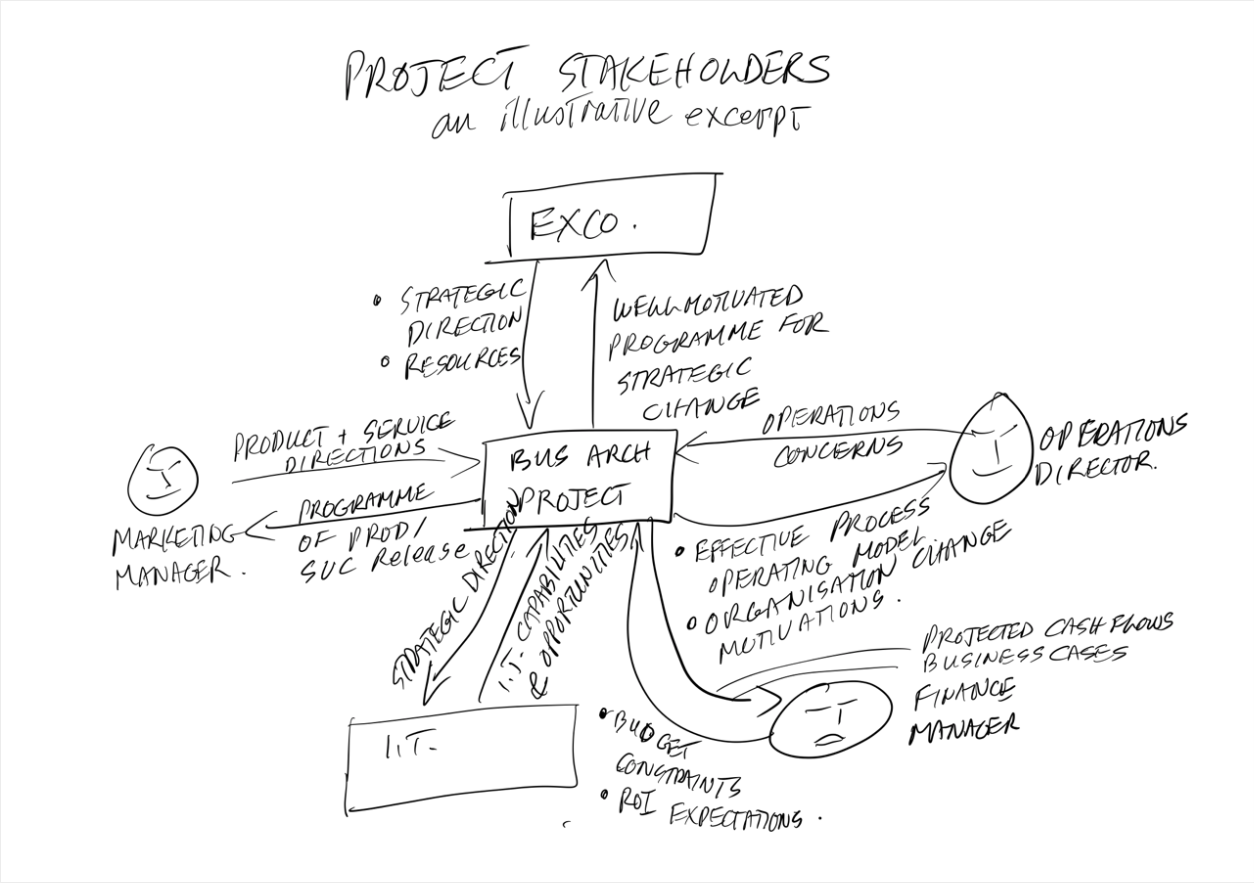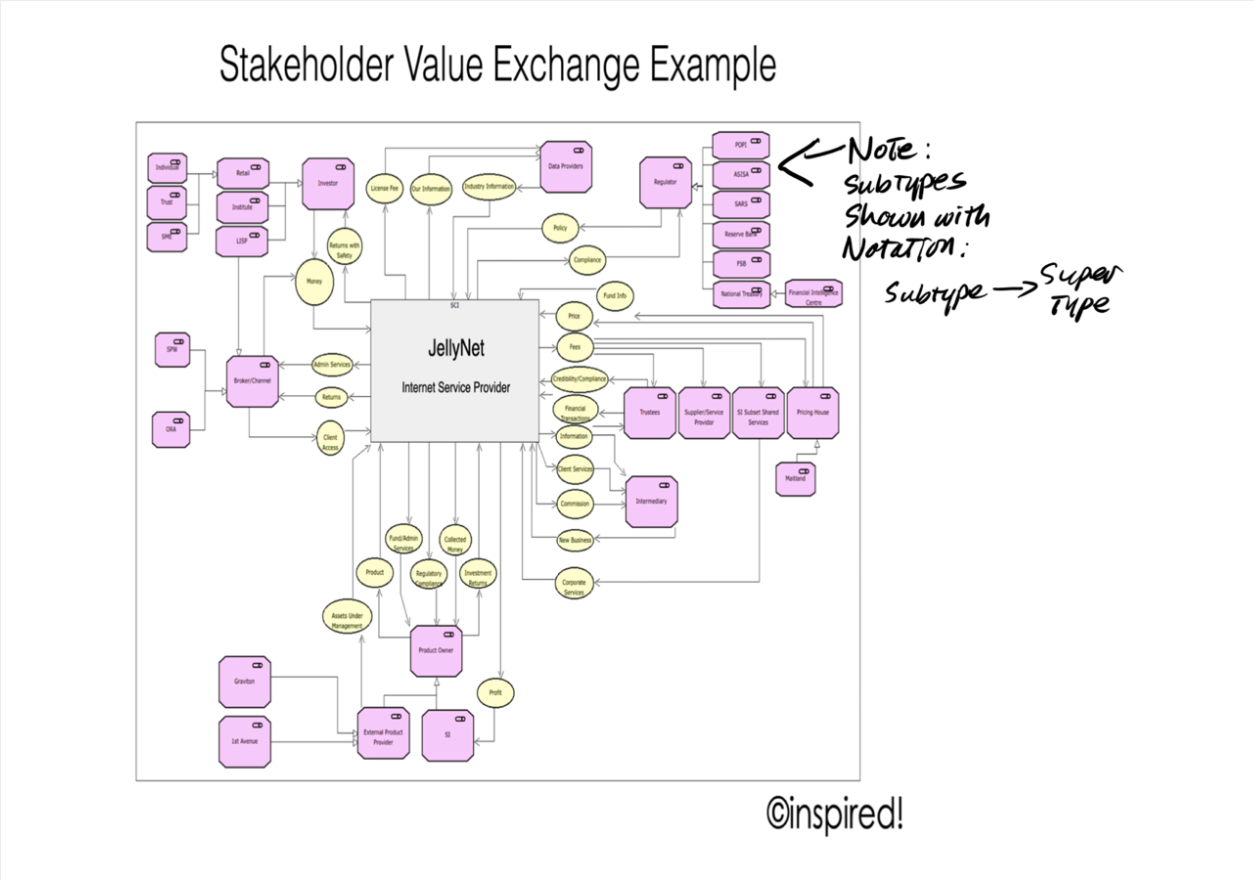Many organisations still have armies of developers grinding away writing Create, Read, Update, Delete (*CRUD), enquire and report user interfaces and business logic - even in “Agile” projects! With a complex domain model, it can easily consume more than 60% of project effort. Indeed, some administrative systems are nearly 100% CRUD!
One solution is to resort to low-code or no-code tools, but organisations resist them for a variety of reasons, including lack of standards, limited skill availability, strategic risk and the fact that many of these only work well in narrow use cases.
It is really important in stakeholder facing applications and websites to have really good user interfaces, so what to do? One solution we have practiced for over two decades, and adapted for the web and mobile, is to have a domain driven user interface which exploits patterns for the commonly required functions.
Patterns consist of UI code templates which provide layout, controls and common business logic. They have placeholders where the specifics of the entity / concept to be captured, edited, updated or deleted etc. are plugged in. The domain specifics (Concepts, Relationships, Properties) are provided to the application as models which are accessible at generation or run time.
For statically bound environments (e.g. C++, Java, C# etc.) the customisation of a pattern with domain specifics can be done at compile time. In effect many interfaces conforming to the pattern are generated into the production application. For dynamically bound environments (e.g. Smalltalk, Python, JavaScript) the generation can even be done at runtime, effectively serving the code to the client where it will execute through interpretation.
This approach has numerous advantages, including:
Major reductions in code base size and hence effort in development and maintenance
Consistency of user interface and logic produced across developers and applications
Higher quality since the patterns can be developed by expert developers and thoroughly tested
Reduced time to market and greater agility. In the case of late bound environments it is even possible to extend the domain model at runtime and have the interface adapt immediately without any deployment
Massive reductions in effort when user interface refreshes are required (e.g. the latest / greatest JavaScript framework makes a new style “required”)
If you would like to see a talk and demonstration of this in action, you can watch the video here.
If you would like to skill up on the latest in Application and Solution Architecture thinking, take a look at our upcoming course: Techniques and Deliverables of Application and Solution Architecture.
#agile #SolutionArchitecture #DomainDriven #SoftwareDesign #Patterns





